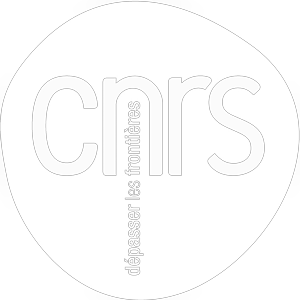Investigating processes influencing simulation of local Arctic wintertime anthropogenic pollution in Fairbanks, Alaska during ALPACA-2022
authors
document type
ARTabstract
Lagrangian tracer simulations are deployed to investigate processes influencing vertical and horizontal dispersion of anthropogenic pollution in Fairbanks, Alaska, during the ALPACA-2022 field campaign. Simulations of carbon monoxide (CO), sulphur dioxide (SO2) and nitrogen oxides (NOx), including surface and elevated emissions, are highest at the surface under very cold stable conditions. Regional enhancements, simulated up to 200 m, are due to elevated power plant emissions above 50 m, with south-westerly pollutant outflow. Fairbanks regional pollution may be contributing to wintertime Arctic haze. Inclusion of a novel power plant plume rise treatment that considers the presence of surface and elevated temperature inversion layers leads to improved agreement with observed CO and NOx plumes with discrepancies attributed to, for example, displacement of plumes by modelled winds. At the surface, model results show that observed CO variability is largely driven by meteorology and to a lesser extent by emissions, although simulated tracers are sensitive to modelled vertical dispersion. Modelled underestimation of surface NOx during very cold polluted conditions is considerably improved following the inclusion of substantial increases in diesel vehicle NOx emissions at cold temperatures (e.g. a factor of 6 at -30 °C). In contrast, overestimation of surface SO2 is attributed to issues related to the vertical dispersion of elevated space heating emissions during strongly and weakly stable conditions. This study highlights the need for improvements to local wintertime Arctic anthropogenic surface and elevated emissions and improved simulation of Arctic stable boundary layers.



